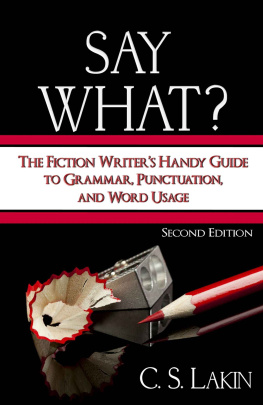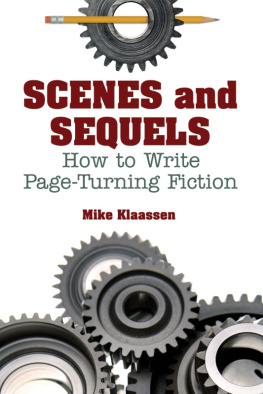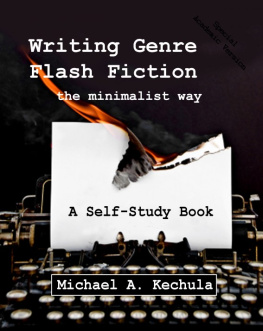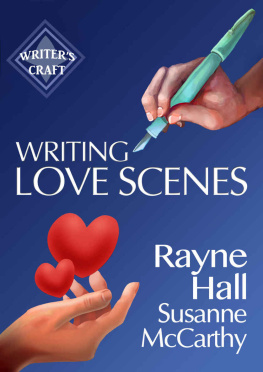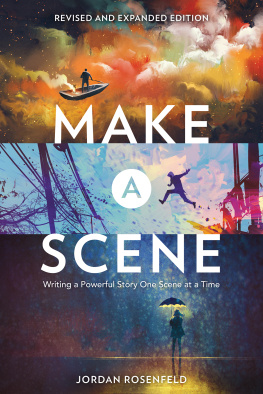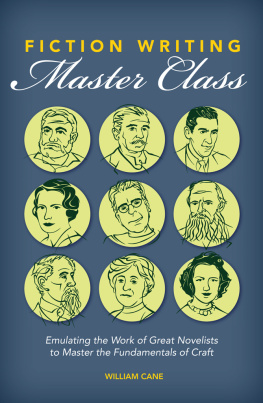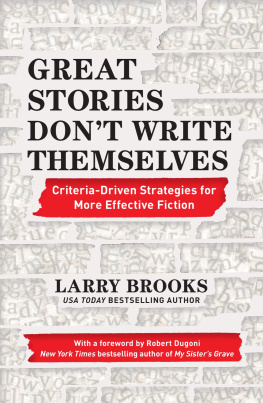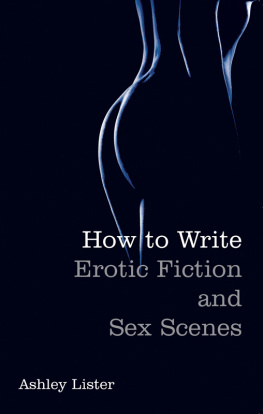C. S. Lakin - Shoot Your Novel: Cinematic Techniques to Supercharge Your Writing
Here you can read online C. S. Lakin - Shoot Your Novel: Cinematic Techniques to Supercharge Your Writing full text of the book (entire story) in english for free. Download pdf and epub, get meaning, cover and reviews about this ebook. year: 2014, publisher: Ubiquitous Press, genre: Detective and thriller. Description of the work, (preface) as well as reviews are available. Best literature library LitArk.com created for fans of good reading and offers a wide selection of genres:
Romance novel
Science fiction
Adventure
Detective
Science
History
Home and family
Prose
Art
Politics
Computer
Non-fiction
Religion
Business
Children
Humor
Choose a favorite category and find really read worthwhile books. Enjoy immersion in the world of imagination, feel the emotions of the characters or learn something new for yourself, make an fascinating discovery.

- Book:Shoot Your Novel: Cinematic Techniques to Supercharge Your Writing
- Author:
- Publisher:Ubiquitous Press
- Genre:
- Year:2014
- Rating:4 / 5
- Favourites:Add to favourites
- Your mark:
Shoot Your Novel: Cinematic Techniques to Supercharge Your Writing: summary, description and annotation
We offer to read an annotation, description, summary or preface (depends on what the author of the book "Shoot Your Novel: Cinematic Techniques to Supercharge Your Writing" wrote himself). If you haven't found the necessary information about the book — write in the comments, we will try to find it.
Best-selling authors of every genre know the secret to hooking readersby showing, not telling, their story. But writers are not taught how to show scenes in a cinematic way. Without a clear, concise, and precise method for constructing dynamic scenes, a writer will likely end up with a flat, lifeless novel.
Filmmakers, screenwriters, and movie directors utilize cinematic technique to create visual masterpieces, and novelists can tooby adapting their methods in their fiction writing.
By shooting your novel, you can supercharge your story!
Sol Stein, in his book Stein on Writing said, Readers, transformed by film and TV, are used to seeing stories. The reading experience . . . is increasingly visual. Novelists todayregardless of genreneed to learn how to write cinematically because thats what readers want!
Inside, youll learn:
- The real secret to show, dont tell and how its all about the moment
- More than a dozen camera shots novelists can borrow from screenwriters and directors to create powerful, active scenes
- Instruction on how to piece camera shots together to create cinematic scene segments
- Examples from novels and screenplays showcasing each facet of cinematic technique
- How to devise a thematic image system of key shots, motifs, and images
- Ways to use colors, shapes, sounds, and angles for purposeful subliminal effect
Shooting your novel with a filmmakers eye will transform your good novel into a great one and will change forever the way you approach constructing your scenes. No other book gives you such deep, thorough instruction in cinematic technique for fiction writing.
Heres what some best writing instructors and best-selling authors have to say about this essential writing craft book:
With such an extensive amount of experience in the screenwriting and filmmaking process (since childhood), it comes as no surprise that C. S .Lakin writes with a trustworthy authority and wealth of insight when it comes to the craft of building dynamic scenes within novels. The pace and flow of Shoot Your Novel makes it easy to follow and the various tips and pointers strewn throughout are succinct. Of particular note is the smart curation of novel excerpts, authors, and filmmakers she cites as examples for the tips she suggests. If you have trouble understanding some of the pointers/tips theoretically, the excerpts always make it more clear.
Having myself adapted The War of the Roses for both film and stage, I can say that I have actually used quite a few of the techniques Lakin discusses and the one I like the most is the use of portraying daydreaming when writing from the POV of a character, effectively blending past, present, and future in one single scenethere is a lot of this going on in The War of the Roses and it is one of the aspects of the story flow that has made the rendering of the character a success. Well worth the read! Warren Adler, best-selling author of The War of the Roses and Random Hearts
With Shoot Your Novel, Susanne Lakin does something wonderful and unique. While lots of us in the business of helping writers and storytellers recommend adding vivid images to scenes, Lakin goes much further to reveal how employing the tools and techniques of movie directing, editing and cinematography will give your fiction deeper meaning and greater emotional impact. Her book is an essential tool for any serious novelist. Michael Hauge, Hollywood screenwriting coach, author of Writing Screenplays That Sell
C. S. Lakin: author's other books
Who wrote Shoot Your Novel: Cinematic Techniques to Supercharge Your Writing? Find out the surname, the name of the author of the book and a list of all author's works by series.

